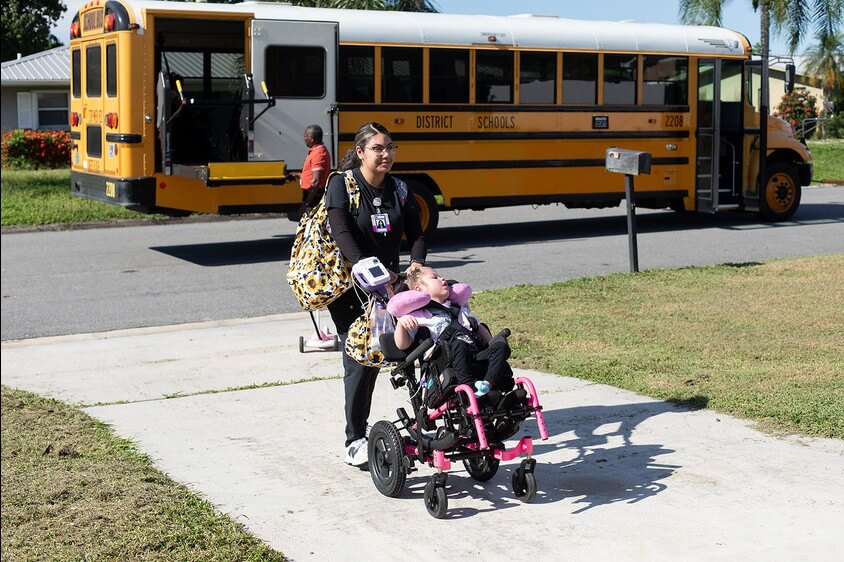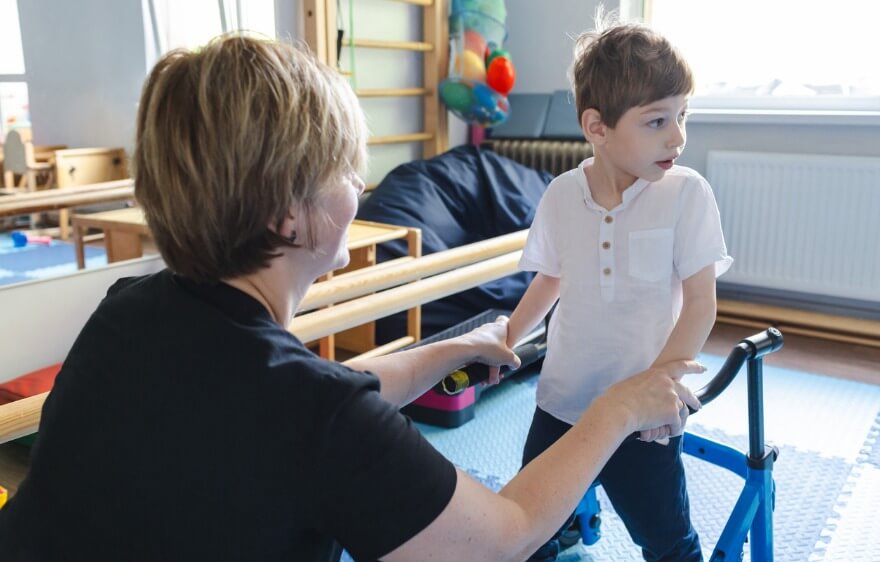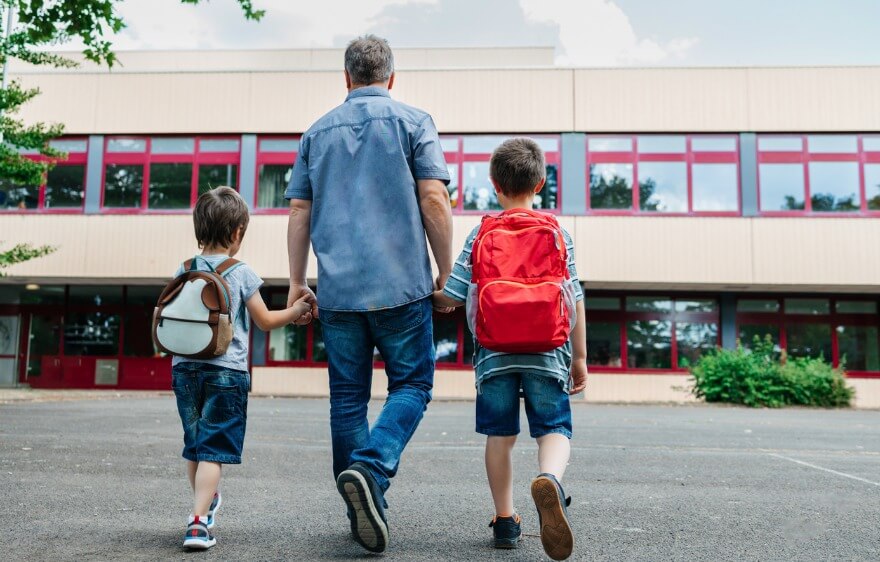Sometimes, in an effort to be extra helpful, we give kids a lot of help. On the karma-like rating scale of “Niceness,” giving extra help is super nice.
But in the reality of the school-based SLP, giving a lot of help to students doesn’t always equal remediation and dismissal. And when students are not remediating and being dismissed, caseloads are not going down.
So instead of giving more help, what would happen if we set deadlines for when students should remediate their articulation challenges? What would happen if we set the expectation that service models should change as students make progress?
As it turns out, when we do those things, kids make growth. SLPs dismiss. We get caseload relief.
Most any SLP will tell you higher workloads often result in speech groups increasing in size. These larger groups result in longer remediation time for articulation disorders.
Part of the reason remediation can be delayed is the struggle to individualize therapy in a group setting. During the Spring of 2012, a workgroup of speech-language pathologists set out to identify a more student-centered service delivery model to increase rates of articulation remediation. At that time, approximately 40% of these SLPs’ workloads related to students with articulation eligibilities. Increasing remediation and, consequentially, dismissal rates from special education would significantly lower the overall number of students on individual caseloads for speech pathologists.
But what does a “more student-centered service delivery model” actually mean? The study team of SLPs decided that it meant more individualized service in the area of articulation, with flexible service models that change as the needs of children change. Furthermore, they decided that . . .
- Without complicating factors, students with articulation errors should make significant progress within one academic year (i.e., students will move from severe to moderate, moderate to mild, or mild to remediated).
- Students can make significant progress in articulation after 20-30 hours of direct intervention (5-18 months, depending on the service delivery model).
- Articulation therapy efforts must be consistent across the school day and home environments for significant progress.
- The best practice for establishing correct sound production is therapy with a 1:1 or 2:1 student-to-clinician ratio.
- Once correct sound production is established, practice at the sound, phrase, and sentence level should be constant throughout the week. Students should be practicing their sound with multiple people in the school building, not just the speech pathologist or speech assistant.
- Once correct sound production is established, students should have 75-100 correct productions per session at any production level (syllable, sentence, etc.) or grade level.
SLP Articulation Strategies to Reduce Caseload
Here are a few examples of strategies the SLPs in the work group utilized to increase the rate of articulation remediation:
- Increase direct service throughout the week
- 1:1 therapy outside of the classroom (in the hallway) for 8-10 minutes every day by the SLP or SLP-Assistant
- Combine a day of group therapy with a short drill session
- Provide HW packets for parents to monitor and sign
- Utilize classroom practice buddy (class peer; could be another speech student or a typical speech peer)
- Utilize classroom vocabulary as articulation targets with the expectations for correct production in class.
- Utilize a 60-day RTI or “in-depth screening” to assess stimulability and level of support needed for remediation (i.e., does this student need specially designed instruction to identify and utilize correct sound productions) [either effort would involve parent permission]
- Self-monitoring instruction is maximized when video, audio, and self-charting are utilized.
- Utilize personal iPhones for recording their speech (high interest activity for students).
- Utilize a mirror.
- Monitor facial expressions for student awareness.
- Utilize other people in the building to support speech practice (teachers, parent volunteers, aides, SLP assistants, peers).
- Include a visual representation of how sounds “look” inside the mouth for students to reference (great support for visual learners). This can be tied to the LIPS program as well.
So what happened when these SLPs decided to do things differently for 40% of their caseloads??
They created their own magic. Kids’ speech improved. More people took ownership of student goals. More kids were dismissed.
Now, what would happen if every SLP decided to do something differently?






